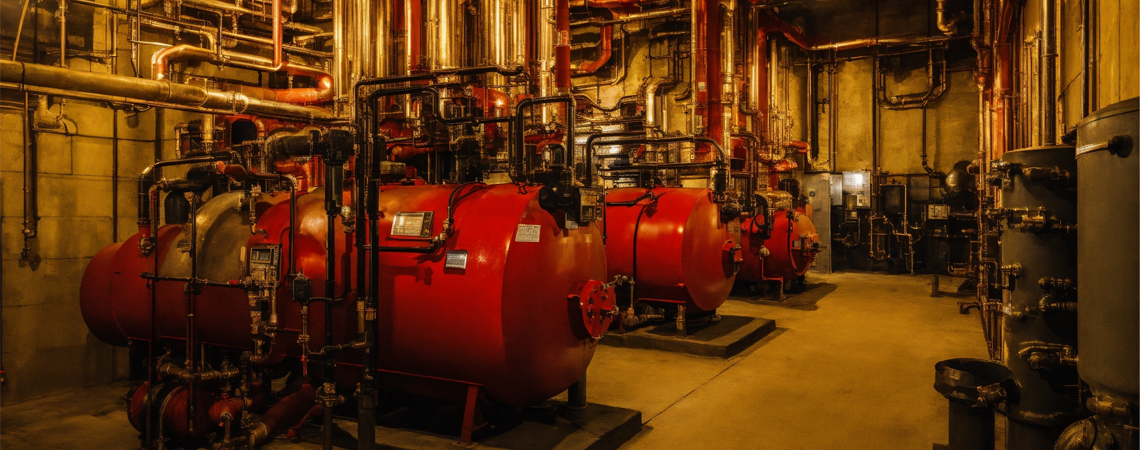What is the LEL indicator in industrial gas detectors?
Published on: 2024-08-02 Views: 790

In the field of industrial production, safety is always the primary consideration. In order to prevent serious accidents such as fire and explosion, industrial gas detectors are widely used in various production environments. In these detectors, the LEL (Lower Explosion Limit) indicator is a crucial concept, which is directly related to production safety.
Definition of LEL indicators
LEL, the lower explosion limit, refers to the lowest concentration of combustible gas mixed with air that can explode under specific conditions. This concentration is usually expressed as a volume percentage and is a key parameter for measuring the explosion hazard of combustible gas mixtures. When the concentration of combustible gas in the environment reaches or exceeds the LEL, an explosion accident may occur once it encounters a fire source or high temperature.
The role of LEL indicators
Industrial gas detectors monitor the gas concentration in the environment in real time through built-in sensors and compare this concentration with the preset LEL value. Once the detected gas concentration approaches or exceeds the LEL, the detector will immediately sound an alarm to remind the staff to pay attention and take corresponding measures. This real-time monitoring and early warning mechanism helps to timely discover and eliminate potential explosion hazards, thereby effectively preventing the occurrence of fire and explosion accidents.
The importance of LEL indicators
The importance of LEL indicators is self-evident. First, it is directly related to production safety. By accurately monitoring the concentration of combustible gas and warning, the LEL indicator can effectively reduce the risk of explosion accidents and protect the lives of workers. Secondly, it complies with regulatory requirements. Many countries and regions have formulated laws and regulations on industrial workplace safety, which clearly stipulate the relevant requirements for combustible gas monitoring. Finally, it also helps to improve production efficiency. By timely discovering and dealing with potential safety hazards, companies can avoid production interruptions and losses caused by safety accidents, thereby improving production efficiency and economic benefits.
